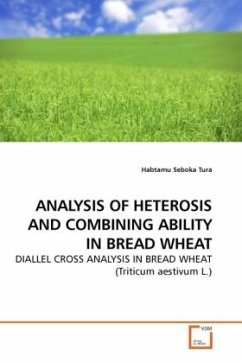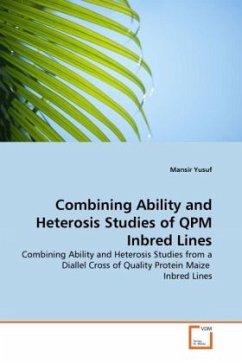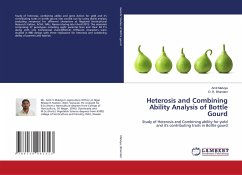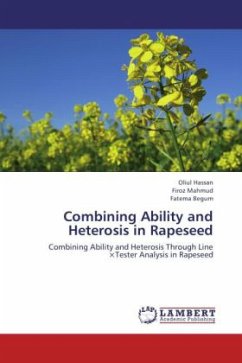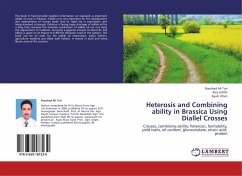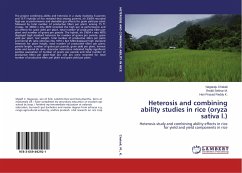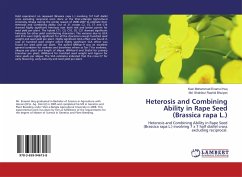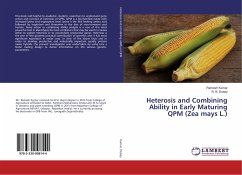Increasing wheat production is a high national priority and thus, choice of promising genotypes from diverse genetic base and subsequent utilization for hybridization to exploit heterosis and select potential homozygous lines from transgressive segregants is one of the strategies for improving productivity of bread wheat. To this effect, thirty-six genotypes were evaluated using triplicate randomized complete block design during 2005 cropping season at Sinana Agricultural Research Center, Ethiopia, to estimate the magnitude of heterosis and combining ability in bread wheat using half diallel cross. Inclusion of F1 hybrids showing high SCA and having parents with good GCA, into multiple crosses and integration with pedigree selection would yield new recombination with accumulation of desirable genes for further improvement of grain yield in bread wheat. This book therefore, provides models employed to analyze and identify potential genotypes to be used for subsequent breeding programs or commercial exploitation of heterosis and is expected to be specifically useful to plant breeders and others professionals working in the area of crop improvement.

